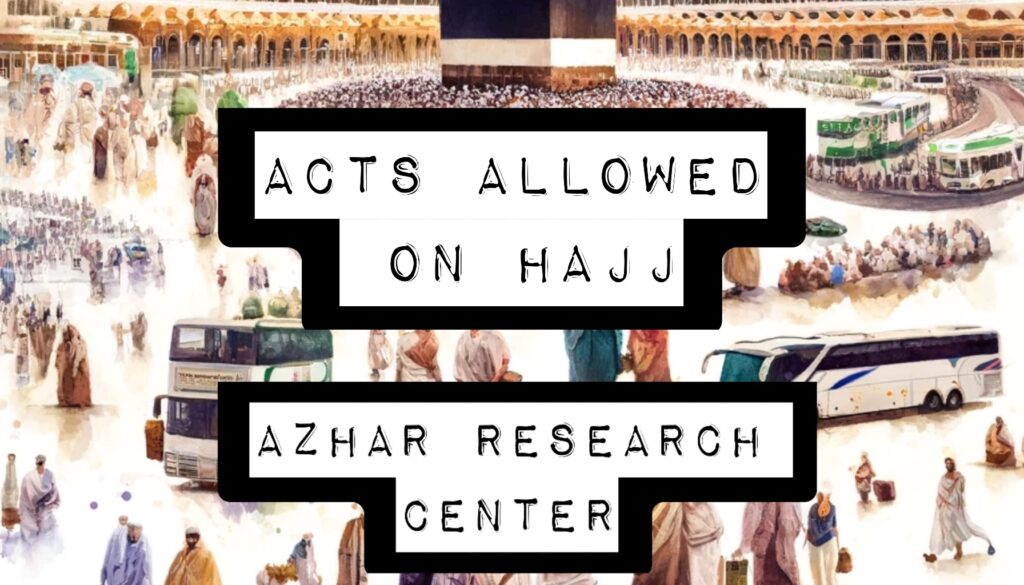The Distinguishing Features of The Muwatta’: Shaybani’s Narration

This unparalleled work in jurisprudence is blesssed with the narrations of our Prophet (peace and blessings be upon him and his family and companions) and by the efforts of its compiler, Imam Malik (may Allah have mercy on him). One of the signs of the excellence of the Muwatta’ is that Allah has granted it widespread acceptance among both the general public and scholars of Islam. Moreover, Allah’s complete blessing upon Imam Malik (may Allah have mercy on him) is evident in the Muwatta’s organization, categorization, and comprehensiveness, recording the noble Sunnah according to various jurisprudential chapters.
Malik’s Depth & Humility
In the Muwatta’ – as narrated by Muhammad ibn al-Hasan – Malik said: “I visited Abu Ja’far in the morning when the sun had just risen, and he had descended from his bed to his carpet. He said to me: ‘You truly deserve all good and every honor.’ He continued to ask me questions until the call to the Dhuhr prayer, and then he said to me: ‘You are the most knowledgeable of people.’ I said: “No, by Allah, O Commander of the Faithful.” He said: “Yes, but you are hiding it. There is no one more knowledgeable than you today after the Commander of the Faithful, O Abu Abdullah”—this being the kunyah (nickname) of Imam Malik. “Write books for the people and avoid the strictness of Abdullah ibn Umar, the leniencies of Ibn Abbas, and the odd views of Ibn Mas’ud. Stick to the middle ground and what the ummah and the companions have agreed upon. If I live, I will write your books in gold and compel people to follow them.”
I said to him: “O Commander of the Faithful, do not do this, for the people have already accepted various opinions, heard hadiths, narrated traditions, and each group has adopted what they previously encountered and acted upon it, following the differences among the companions of the Messenger of Allah (peace and blessings be upon him and his family and companions) and others. It would be difficult to turn them away from what they believe. So leave the people with what they have chosen and what the people of each land have selected for themselves.”
He said: “By my life, if you had agreed with me on this (to do what he said), I would have commanded it.”
In Al-Zurqani’s commentary on the Muwatta’, it is mentioned: Abu Mus’ab narrated that Abu Ja’far Al-Mansur said to Malik: “Write a book for the people that I can compel them to follow.”
Malik discussed this with him and Abu Ja’far al-Mansur said: “Write it, for there is no one more knowledgeable than you today.” So, Malik wrote the Muwatta’, but before he finished it, Abu Ja’far passed away.
The Meaning and Significance of Al-Muwatta
The term “Al-Muwatta’” means “the facilitated and simplified.” Imam Malik, upon his completion of the text, presented it to seventy jurists from among the scholars of Madinah, who all agreed on its authenticity, and thus it was named “Al-Muwatta’.
Imam Malik (may Allah have mercy on him) compiled in Al-Muwatta’ the hadith of our Prophet (peace and blessings be upon him and his family and companions), the sayings of the Companions, the sayings of the Followers, and the consensus of the scholars of Madinah, as well as his ijtihads, his understanding of Usul al-Fiqh, the science of hadith and more.
The Importance of Al-Muwatta’ and the Difficulty of Combining Jurisprudence and Hadith
Writing hadith and compiling them into a book organized by jurisprudential chapters can only be undertaken by a jurist who understands the meanings of the noble hadiths, comprehends their contexts and objectives, and can distinguish between different wordings, as well as the depth, purpose and relationship hadith has with the Shari’ah, God’s law
Scholars, who combine expertise in hadith and jurisprudence, are rare compared to the many narrators and hadith preservers. Memorization is one thing, and jurisprudence is another—more distinguished, noble, important, and beneficial. Jurisprudence involves the precise understanding of texts from the Qur’an and Sunnah, whether through explicit wording, implication, indication, or metaphor, and applying them appropriately in various rulings without excess, deficiency, rashness, or rigidity.
These qualities were rare among scholars of the past, and are even rarer among contemporary scholars. It is a grave and compounded mistake to assume that merely memorizing hadith or owning and reading hadith books makes one a jurist knowledgeable in Islamic rulings and skilled in precise deduction.
Imam Ahmad ibn Hanbal (may Allah be pleased with him) said: “How rare is jurisprudence among the people of hadith.”
The Merits of Al-Muwatta’
The Muwatta’ by Imam Malik (may Allah have mercy on him) has numerous distinctive qualities that set it apart from other books of hadith.
These include:
First: The Muwatta’ was compiled by an eminent, pioneering jurist, hadith scholar, and mujtahid, recognized and followed by his contemporaries and later scholars for his unparalleled knowledge in both jurisprudence, hadith and the legal precedents before him.
The hadith scholar Ibn Abi Hatim narrated in “Al-Jarh wa Al-Ta’dil” from Ali ibn Al-Madini: “The hadith understandings of the jurists was more beloved to them than that of the scholars of hadith.”
Ahmad ibn Hanbal said: “Understanding hadith and its jurisprudence is more beloved to me than merely memorizing hadith.”
Ali ibn Al-Madini said: “The noblest knowledge is understanding the texts of hadith and knowing the conditions of the narrators.”
In “Tadrib Al-Rawi” by Al-Hafiz Al-Suyuti, Al-A’mash said: “A hadith circulated among the jurists is better than a hadith circulated among the elders.”
Second: Scholars unanimously praised and honored the Muwatta’, speaking highly of it. Here, I suffice with the words of the leader of the imams, the jurist, hadith scholar, and followed mujtahid, Imam Al-Shafi’i (may Allah be pleased with him), which is enough:
He said: “There is no book on the face of the earth after the Book of Allah that is more authentic than the book of Malik.”
In another version: “There is no book on earth that is closer to the Qur’an than the book of Malik.” In another version: “There is no book after the Book of Allah that is more correct than the Muwatta’ of Malik.” In another version: “There is no book after the Book of Allah that is more beneficial than the Muwatta’.”
The variety of these expressions indicates Imam Al-Shafi’i’s repeated praise for the Muwatta’ on multiple occasions.
This praise by Imam Al-Shafi’i (may Allah have mercy on him) for the Muwatta’ was before the compilation of Sahih Al-Bukhari and Sahih Muslim. Al-Hafiz Al-Dhahabi and Ibn Al-Salah mentioned that he said this before these two Sahihs were authored.
Third: The Muwatta’ was authored in the mid-second century of the Hijra, making it a pioneer in its field, unmatched by any similar work. It is the first book of its kind, and being the first gives it distinction and merit. Imam Malik was the one who established the method of compiling hadith according to the chapters of jurisprudence, a methodology followed by later scholars like Abdullah ibn Al-Mubarak, Al-Bukhari, Muslim, Sa’id ibn Mansur, Abu Dawud, Al-Tirmidhi, Al-Nasa’i, Ibn Majah, and others. For being the first, it is deserving of our high praise. A poet wrote:
“It is, by its precedence, deserving of distinction and worthy of our beautiful praise.”
Fourth: It was transmitted, in this context, from its author by a prominent, pioneering jurist, hadith scholar, and mujtahid, who was renowned for his knowledge in jurisprudence, hadith, and Arabic—Imam Muhammad ibn Al-Hasan Al-Shaybani. He was a student of the two imams, Abu Hanifa and Abu Yusuf, and the teacher of Imam Al-Shafi’i. He stayed with his teacher Malik for three years, listening to the book from him verbatim, absorbing his jurisprudence, knowledge, and narrations. His exceptional intelligence, acute awareness, and profound understanding made jurisprudence second nature to him.
He mastered the transmission of the Muwatta’ from his teacher Malik and added after narrating it his opinions on the issues, whether agreeing or disagreeing, and stated the views of his teacher, Imam Abu Hanifa, whether in agreement or disagreement, and sometimes the views of Imam Malik and other jurists.
In many chapters, he would explain the meaning of the hadith, its context, and his preferred or disliked aspects of the issue, often detailing the differences between his views and those of his teachers, Imam Abu Hanifa and Imam Malik, clarifying the conditions and rulings of the matter.
I ask Allah Almighty to grant us understanding in religion, teach us interpretation, and provide us the means to act upon what we know. Ameen.
Sheikh Ahmad Sharif al-Nasani









